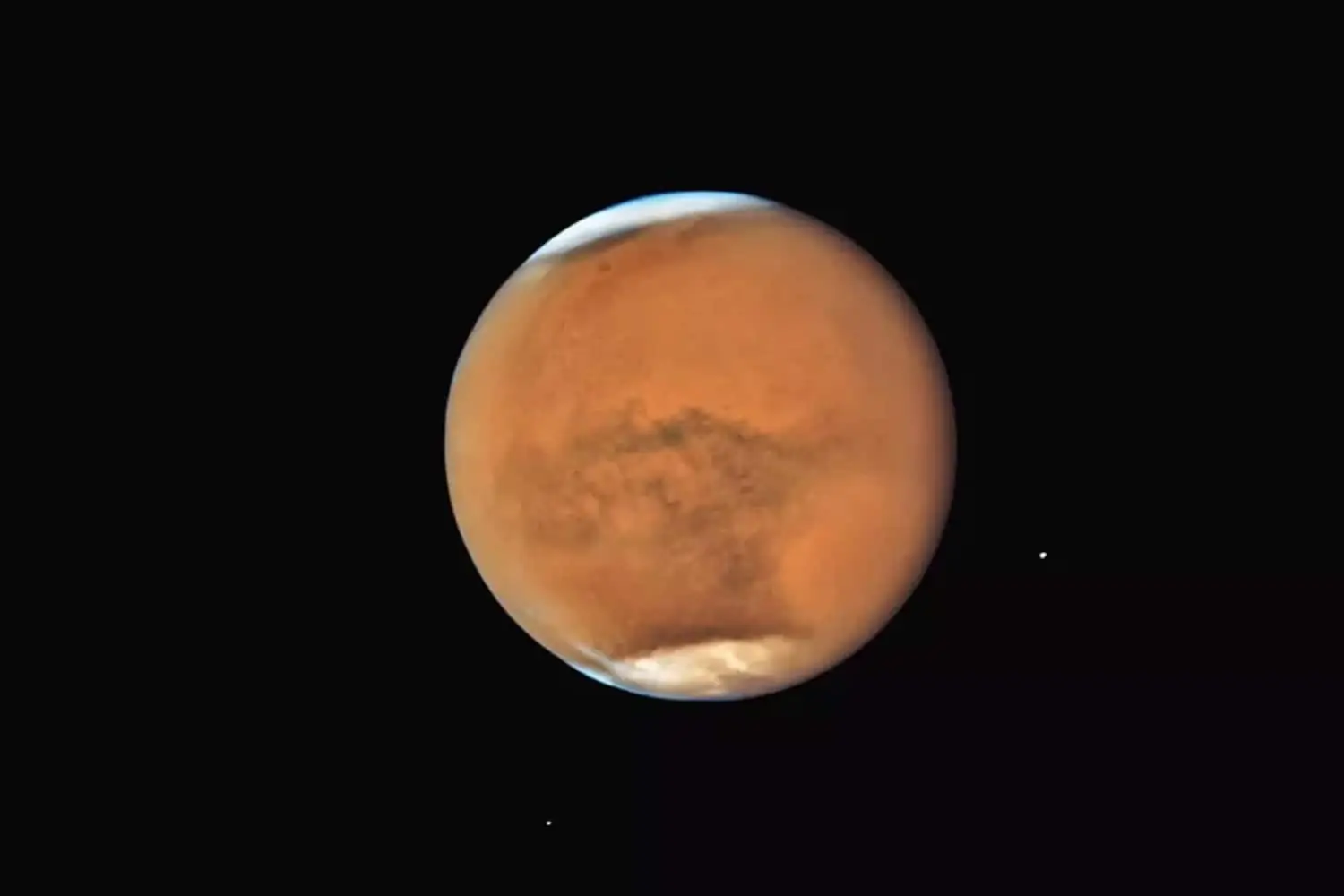The month of February is a great opportunity to spend some time watching the early morning skies. Beautiful Venus will be burning at its brightest towards the middle of the month, and the Red Planet Mars will also be returning to our skies as a morning star. Both planets can be seen rising together around four am each morning.
Venus at its Peak
Venus is the brightest planet in our solar system because of the highly reflective clouds that completely cover its globe. Although, how brightly Venus shines for us on Earth will vary. And interestingly enough, it is not solely dependent on its distance from our planet. In fact, the phase that the star is in makes a bigger difference to how brilliantly it shines than how close it is.
During late January, and on into most of February, Venus will be in its crescent phase and shining at its peak brightness in the morning sky. Plus, it will show a striking crescent shape in telescopes and steadily held binoculars. Although still not at its closest point to the planet Earth, Venus will be at its most brilliant around the 13th of February this year.
A Great Year for Viewing Mars
Mars displayed in our evening skies for most of 2021. However, sometime in October, it disappeared. Now, as of the end of January and early February Mars has made a return and can be seen as a faint red dot low on the eastern horizon before sunrise.
The little Red Planet is only 6,790 km in diameter, making it slightly more than half Earth’s size. So it will remain as a subtle glow in the morning sky to begin with. But as the first half of 2022 progresses it will travel over the sky while steadily brightening and moving closer to Earth. Completing its path towards the end of the year as a bright red ruby in the evening sky. Mars will reach opposition on December 8, 2022, when Earth flies between it and the sun.
Mark the 26th in Your Calendar
During the morning of the 26th of February, a stunning sight can be viewed. As the brightly shining crescent phase Venus will form a beautiful trio of stars with the waning crescent Moon and Mars.
